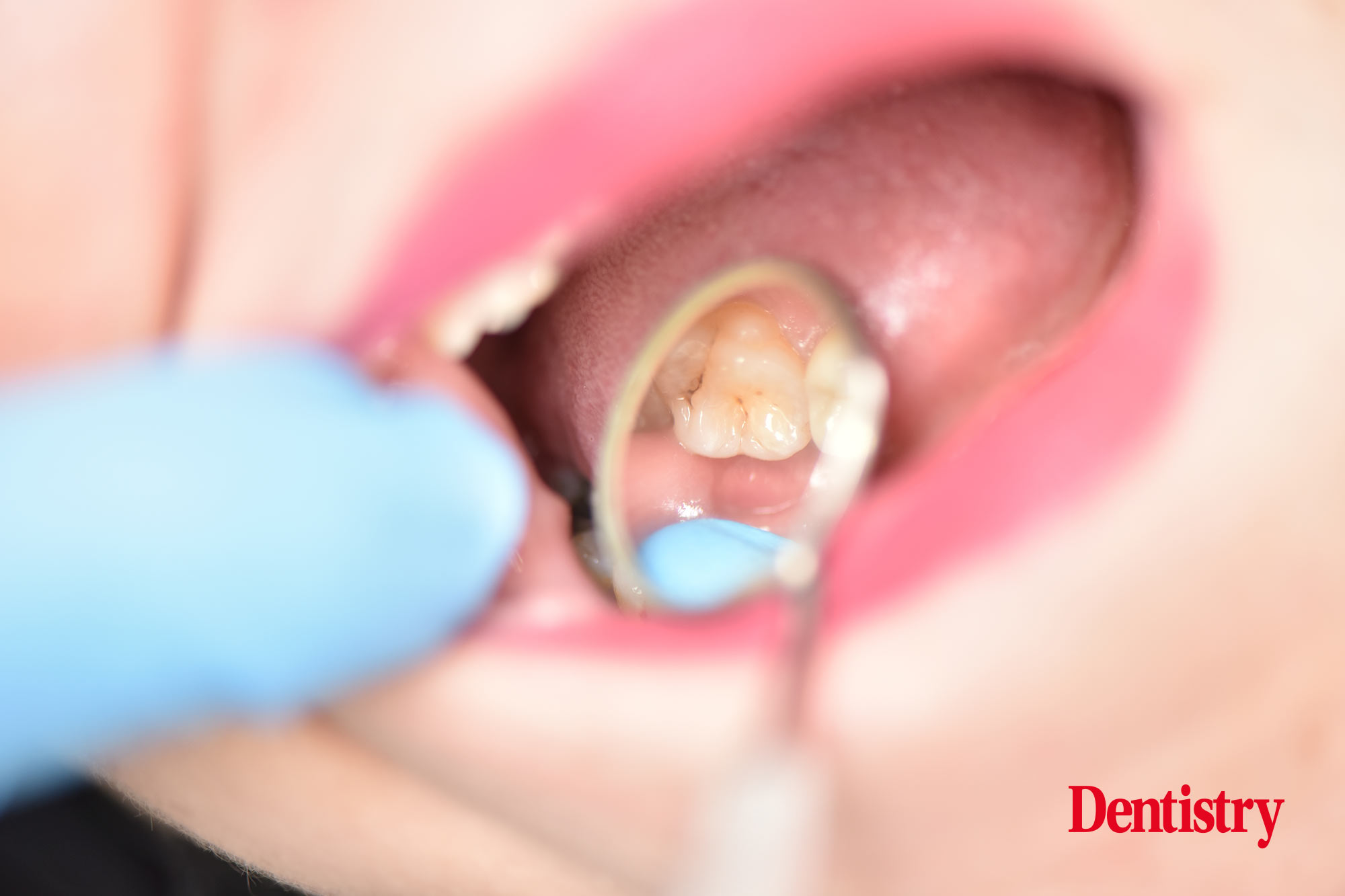
As a common virus which could cause cancer, Neena Nayyar discusses how to spot HPV and why the role of dental professionals is crucial in raising awareness.
My name is Neena and I am a dental core trainee based in Northwick and Wexham Park hospitals. As a member of the oral and maxillofacial team, I have had the privilege of being able to assess and treat a wide variety of patients with different signs and symptoms.
As general dental practitioners are amongst the first medical professionals that a patient will meet, it is vital that the dental community is aware of what signs to look for and is able to raise awareness of such conditions. This is particularly important when looking at the human papillomavirus (HPV).
HPV is a common type of virus that is deemed to be a sexually transmitted infection (STI) which may be passed through direct skin contact. It is estimated that eight out of 10 people will be infected sometime during their lifetime.
In most cases, the virus is asymptomatic and self-limiting. However, in a few cases it can be the cause of anogenital and head and neck cancers in both men and women, and cervical cancer in women.
Spotting the signs
From the perspective of a general dental practitioner, the presence of an oral HPV mediated lesion will likely be the first indication of the condition.
These lesions may be pink to white in colour, sessile, usually less than one centimetre, and display exophytic fronds which give a wart or ‘strawberry-like’ surface appearance. Such lesions often present as a solitary finding. However, there may be some instances where more than one lesion is identified.

The most common sites for higher risk lesions are the posterior aspects of the tongue, oropharynx and tonsillar regions. Other sites where lower risk HPV lesions may be identified include the vermillion border, labial mucosa and anterior tongue. However, this is not to suggest that HPV lesions cannot be found elsewhere.
In essence, the variety of intraoral locations indicates that careful screening is crucial to ensuring such lesions are identified, particularly as they can present at the back of the mouth and be easily missed if the area is overlooked.
Patient guidance
As healthcare professionals who carry out regular assessments of the oral cavity for patients, dentists are well placed to be able to screen and refer patients with suspicious lesions to the appropriate setting.
However, given the importance of raising awareness of HPV and the risks of head and neck and cervical cancer development, it is advisable that all dentists also encourage patients to ensure that they have received all HPV vaccinations (offered in secondary schools for boys and girls). There is robust evidence to suggest that this is reducing the prevalence of HPV.

Further guidance should also be given to patients regarding the importance of raising concerns and undergoing regular screening with their dental practitioner.
Advice should also be given with regards to safe sex practices and the use of barrier protection contraception to reduce the risks of HPV spread amongst adults and teenagers. This may be in the form of providing leaflets, posters and social media posts displaying information of common HPV signs, methods of barrier protection and prevention.
In addition, patients can be directed to organisations that aim to raise awareness of mouth cancer, such as the Mouth Cancer Foundation.
Raising awareness
The Mouth Cancer Foundation is a charity organisation that promotes awareness of all head and neck cancers. It is a valuable resource that provides leaflets, posters and educational tools that are available to all members of the public.
Every year, the Mouth Cancer Foundation organises the mouth cancer 10km awareness walk to help fundraise and raise awareness. At present, this is the only walk for mouth cancer anywhere in the world, and the organisation aims to encourage further similar activities.
As healthcare professionals, it is crucial that we play our part in raising awareness of the factors that are involved in the development of cancer.
HPV is one such factor that, with greater emphasis on identification and prevention, may play a significant role in reducing the incidence of oral and cervical cancers. For this reason, our early input and guidance may prove vital for years to come.
Follow Dentistry.co.uk on Instagram to keep up with all the latest dental news and trends.


